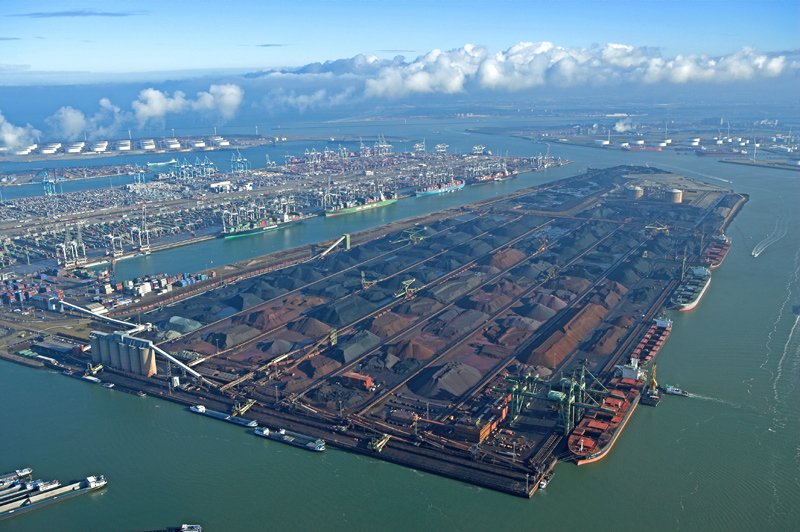European coal prices took a nosedive this week, hitting a six-month low in early Tuesday trading. This icy plunge sent shivers down the spines of miners, raising concerns about the future of the coal industry in the region.
Supply Surge, Demand Slump: The price plummeting has a two-pronged culprit: surging supply and slumping demand. Europe, seeking to diversify its energy sources after the Ukraine war, has boosted coal imports. However, a mild autumn and increased renewable energy usage have simultaneously dampened the need for the black rock.
Leading the Charge: The German power curve, a key indicator of European coal prices, bore the brunt of the blow. The front-month API 2 contract slid by a hefty $1.60 per tonne, landing at a chilly $102.25 – its lowest since July 19th.
Winners and Losers: While it’s a bleak winter for coal miners, it’s a welcome respite for consumers burdened by soaring energy costs. The price drop could translate to lower electricity bills and a sigh of relief for households wrestling with inflation.
The Long View: Despite the current chill, the long-term forecast for coal remains shrouded in uncertainty. The push towards cleaner energy sources is gaining momentum, and coal’s days as the king of fuel might be numbered. However, its continued role in providing baseload power and its affordability in some regions cannot be ignored.
In a Nutshell: European coal prices are experiencing a frosty spell, reflecting abundant supply and subdued demand. While this is good news for consumers, it casts a shadow of doubt on the future of the European coal industry. The battle between fossil fuels and clean energy is far from over, and only time will tell which side will emerge victorious in the end.










